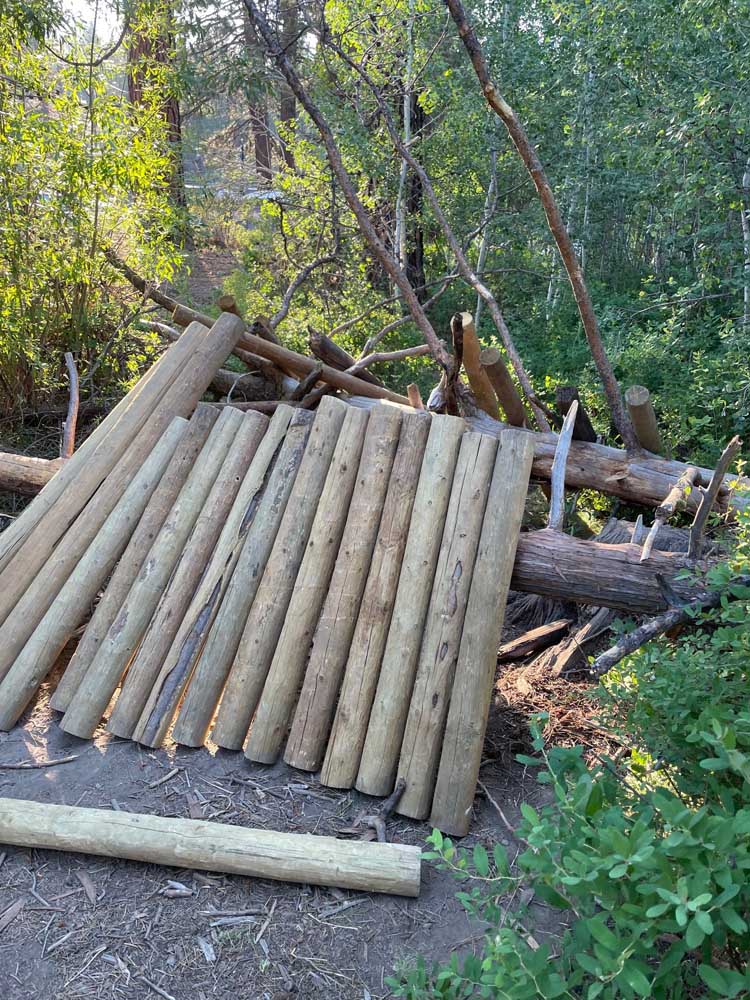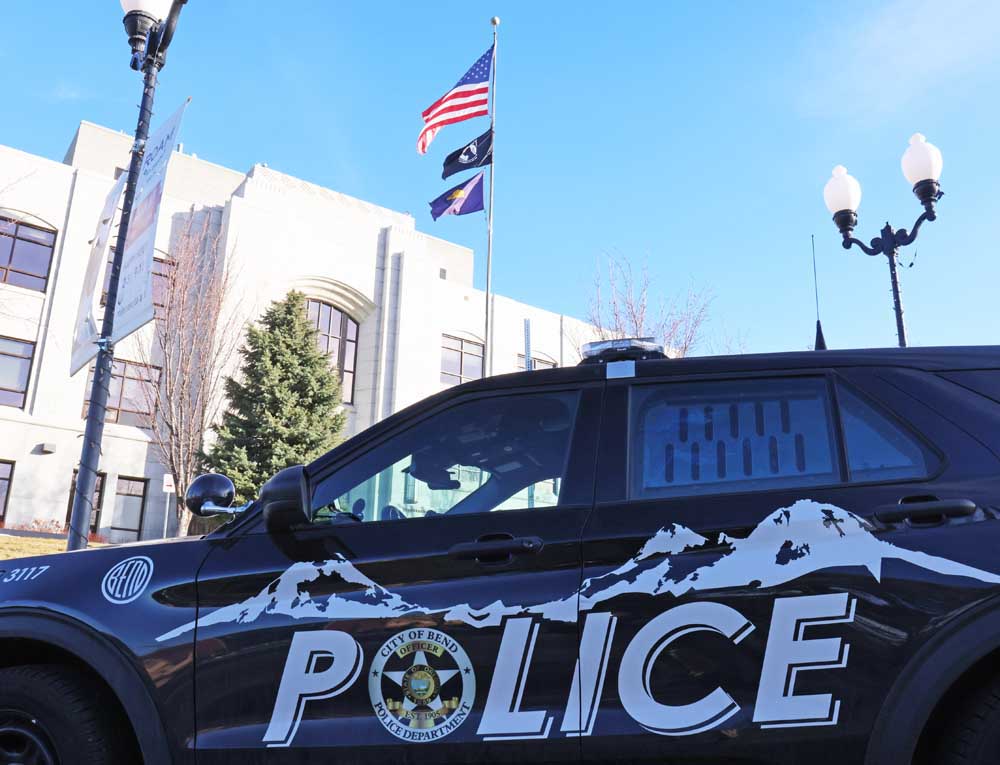Leave No Trace in local natural areas
Published 2:30 pm Thursday, September 12, 2024

- BPRD's Natural Resources and Trails team worked with Recreation to change the materials used for summer camp fort-building, reducing the impact on the natural area. Each fort was de-constructed weekly to Leave No Trace.
One of my favorite childhood memories was visiting my local neighborhood park and building a fort with the other neighborhood kids in the summer.
Our efforts were always short-lived and rudimentary because we didn’t have the patience or skills to construct structures or use tools.
Trending
Now that I work in parks and recreation, I see forts quite differently, and I’ve learned about why there are places best suited for these activities because of the big impact they can have on natural areas.
In Central Oregon, recreating in the outdoors and natural spaces is a large part of why many of us choose to live here. When individuals ensure the next person can have their experience unimpacted by the person before them, we’re all doing our parts.
Thirty years ago, environmental advocates from public agencies, companies in the outdoor industry, and land managers teamed up to protect natural lands, and those efforts resulted in the creation of the nationally recognized Leave No Trace program. The principles are designed to help people and communities minimize their lasting impact and allow natural spaces to thrive in a sustainable way.
Compounding impacts
In the Pacific Northwest, we like to think that we are ahead of the curve, but our spaces are telling another story. With fast growth, we are facing what is known as “compounding impacts” that create the most lasting disturbances. Some of the biggest impacts are visible in Shevlin Park, but no park is unscathed.
For example, a person stepping off a trail to avoid mud may not seem like a large issue, but with more people using our trails than ever before, trail widening can quickly harm vegetation, create erosion and sediment issues, and change the character of a trail.
Trending
Our four-legged friends also contribute to this degradation. One dog being off-leash and not having their waste picked up isn’t an issue, but when there are tens of thousands of dogs in Bend, according to estimates, that’s a big impact on native wildlife, habitats, soil and water quality.
Forts and bike jumps
Shevlin Park is arguably the most loved park in our system and is coming out of a busy summer season. I’m pretty impressed with some new efforts made by my colleagues in Park Services and Recreation to work together to reduce the impact of our summer camps in the park.
What I didn’t know when I was building forts as a kid is that found items in a forest have a purpose in nature. Forest debris — limbs, branches, leaves, pine needles, etc. — create important microhabitat for critters.
When park users or campers search and collect materials for forts, it creates disturbance to the microhabitats. Some fort builders even bring nails, rope and bungee cords into the park, creating waste and potential safety hazards to other visitors.
While fort building is a part of many children’s fondest experiences at camps and outdoor play, our recreation camps this summer used provided sustainable materials recommended by the Natural Resources and Trails team and they removed the forts at the end of camp each week. By removing the fort, the campers ensured they were leaving the next person’s outdoor experience up to them without a trace of their presence previously.
While I understand that many forts and jumps take a lot of time and pride to build, the park district asks that park visitors leave the area how you found it. Our team is experienced trail builders and a lot of work and planning go into where our trails are built and the features. Also, it is important to remember that forts and jumps can be a safety hazard to others.
If you can’t resist building forts and bike jumps, visit a BPRD Wildside park where this activity is allowed in a designated area, or volunteer with a local organization who enlists help with trail building and bike jump construction.
As we head into the glorious autumn season, please consider your opportunities to leave impacts (or lack thereof) for future visitors in open spaces. Nature and humans will thank you for it.








